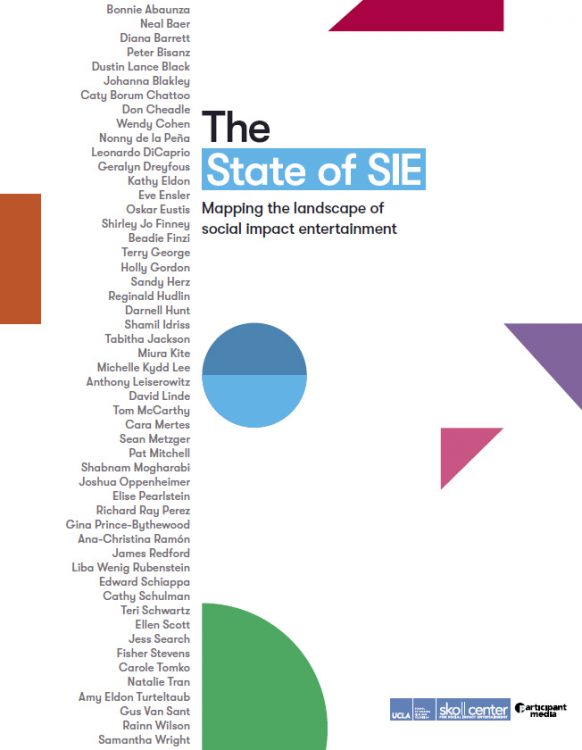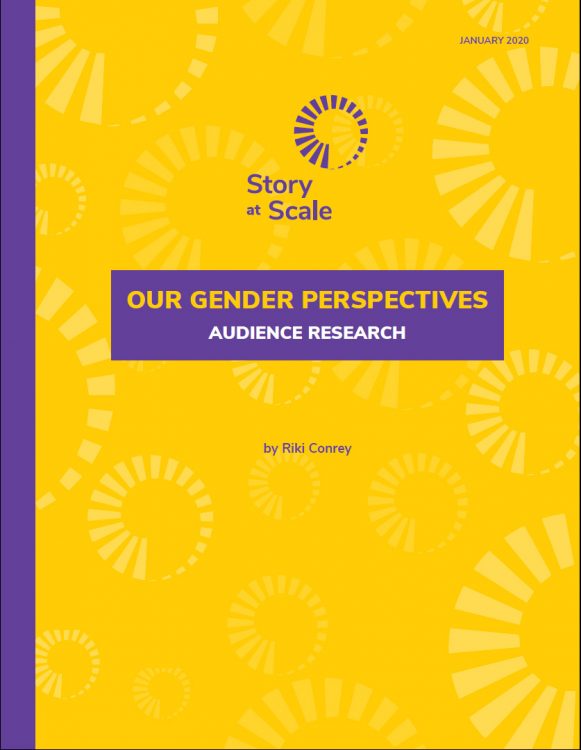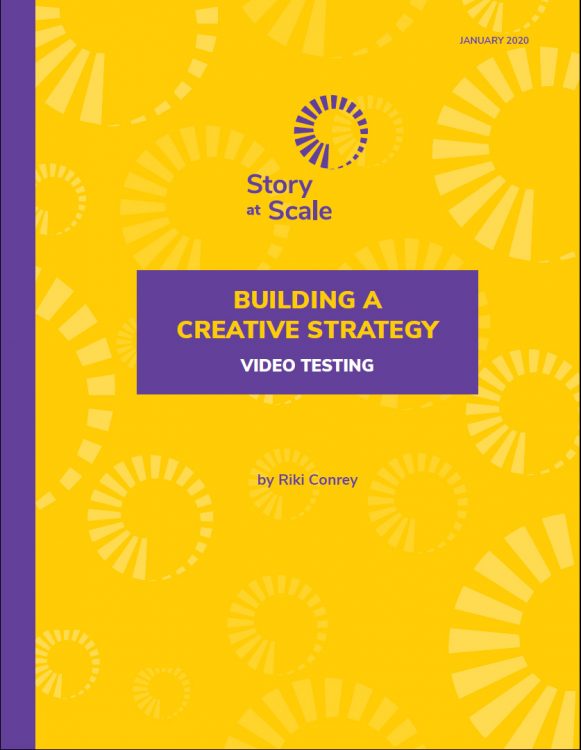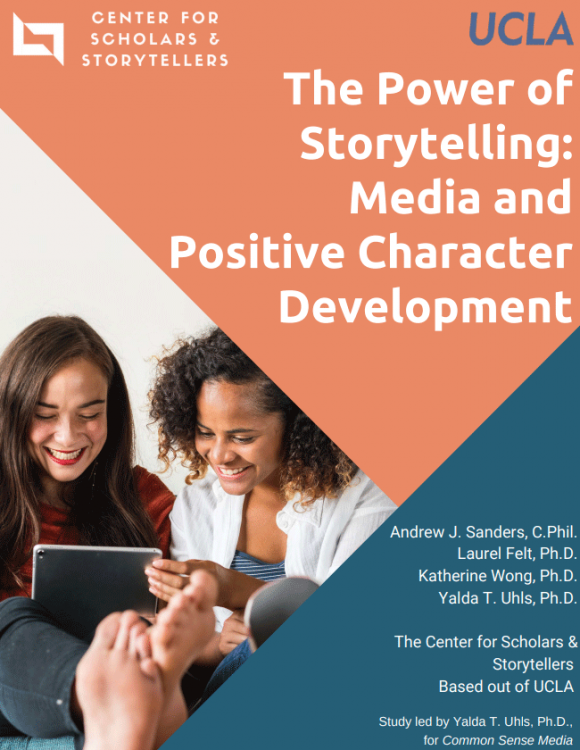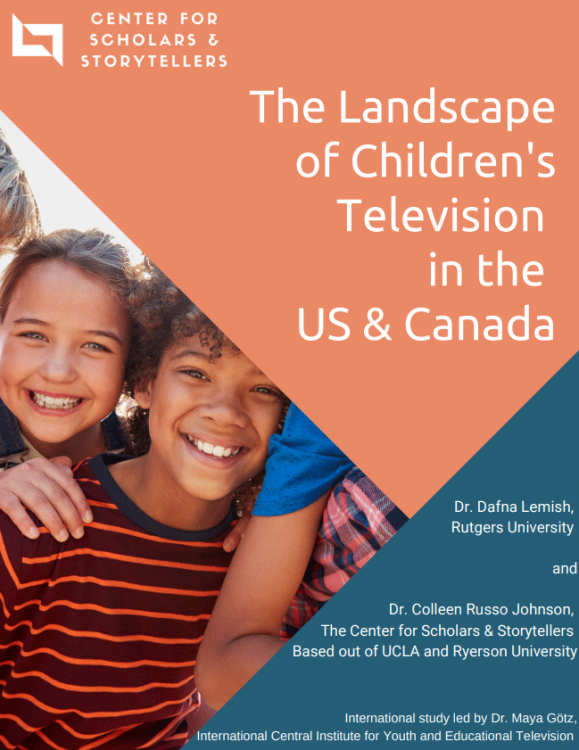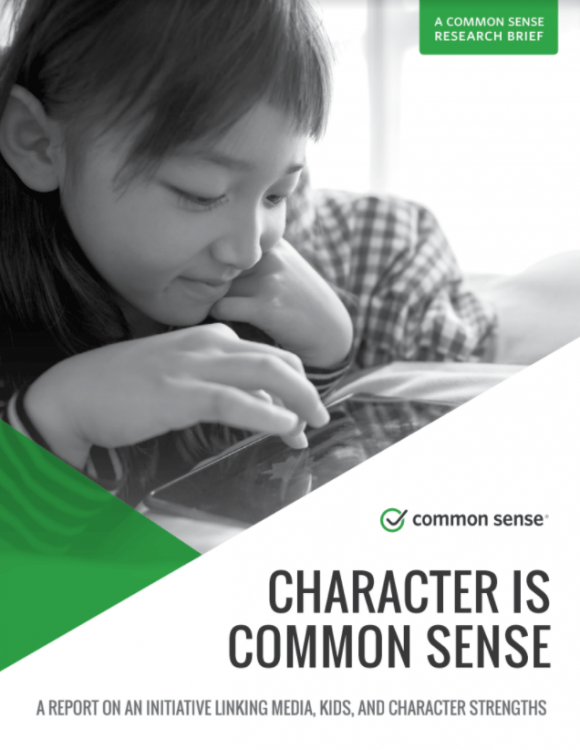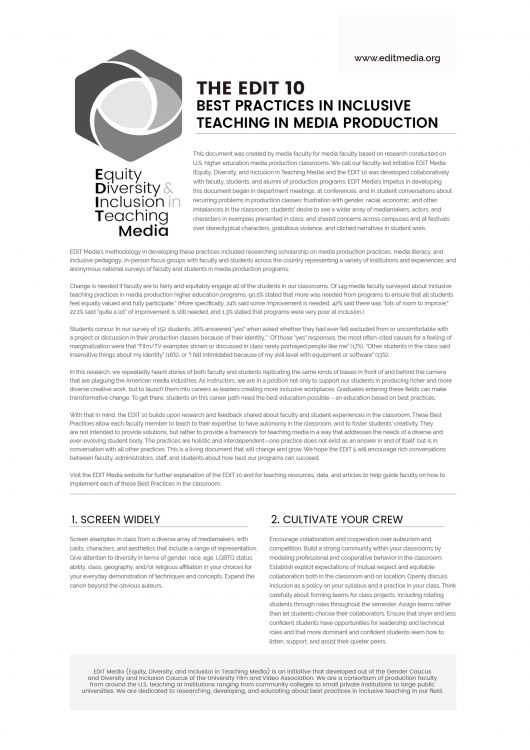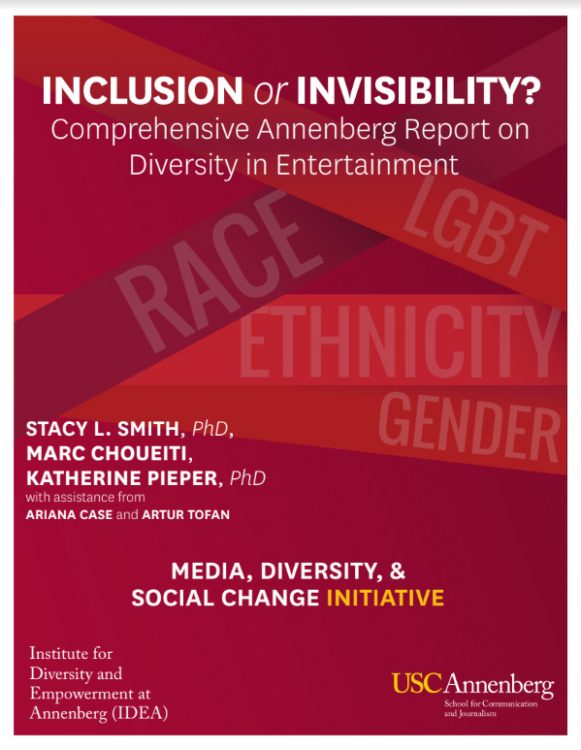July 3, 2020
The Skoll Center for Social Impact Entertainment (Skoll Center SIE) at the UCLA School of Theater, Film and Television (UCLA TFT), in partnership with Participant Media, has released a world-class report on The State of Social Impact Entertainment. The extensive report discusses how SIE works, why it matters and how it can be created.


